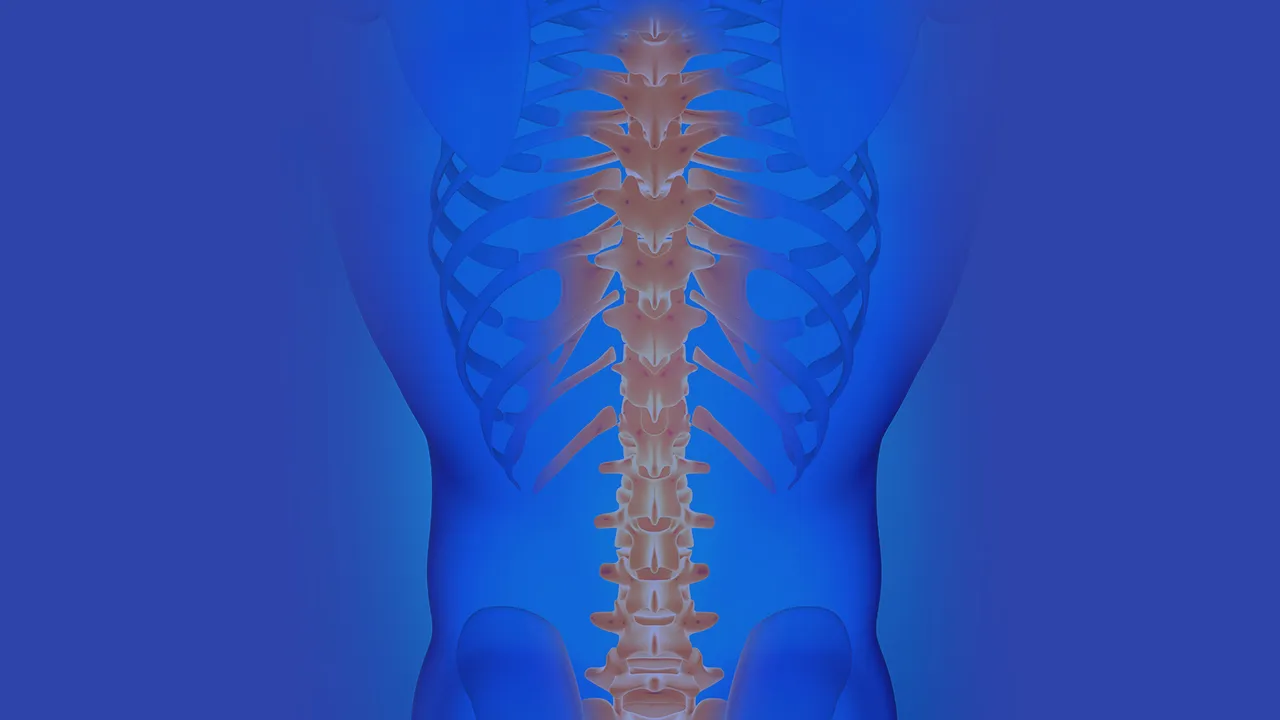Transverse myelitis is a rare neurological condition that affects the spinal cord. It is characterized by inflammation of the spinal cord, which can cause damage to the myelin sheath that surrounds and protects the nerve fibers. This damage can disrupt the normal functioning of the spinal cord, leading to a range of symptoms. Transverse myelitis can affect people of all ages, but it is more common in adults between 20 and 40. It can occur due to an infection, autoimmune disorder, or other underlying medical condition. In some cases, the cause of transverse myelitis is unknown.
The symptoms of transverse myelitis can vary depending on the severity and location of the inflammation in the spinal cord. Some common symptoms include pain in the back, neck, or limbs; weakness or paralysis in the arms or legs; loss of sensation or numbness in the limbs; bladder or bowel dysfunction; sexual dysfunction; difficulty breathing; fatigue; fever; and headache.
Diagnosing transverse myelitis can be challenging because the symptoms can be like other neurological conditions. However, physical exams and diagnostic tests, such as an MRI or spinal tap, could help diagnose. There is no cure for transverse myelitis, but treatment can help manage symptoms and prevent further damage to the spinal cord. Treatment options may include high-dose corticosteroids to reduce inflammation, plasma exchange therapy to remove harmful antibodies from the blood, intravenous immunoglobulin therapy to boost the immune system, physical therapy to improve mobility and strength, occupational therapy to help with daily activities, and pain management techniques, such as medication or nerve blocks.

Comments are closed.